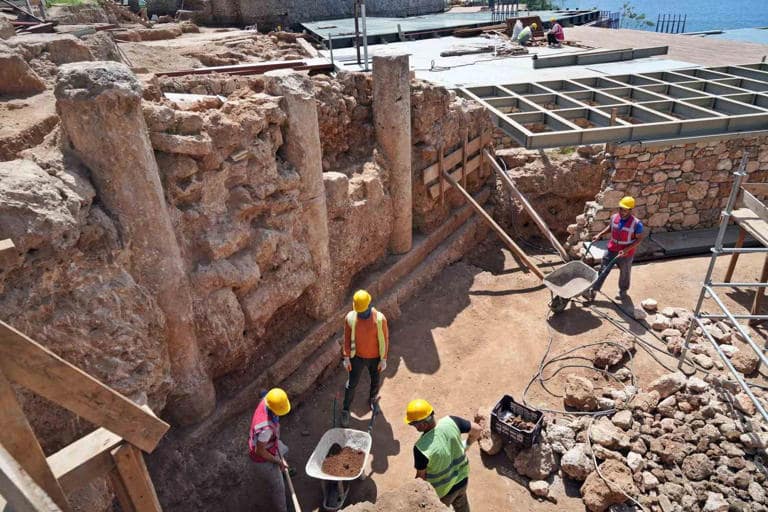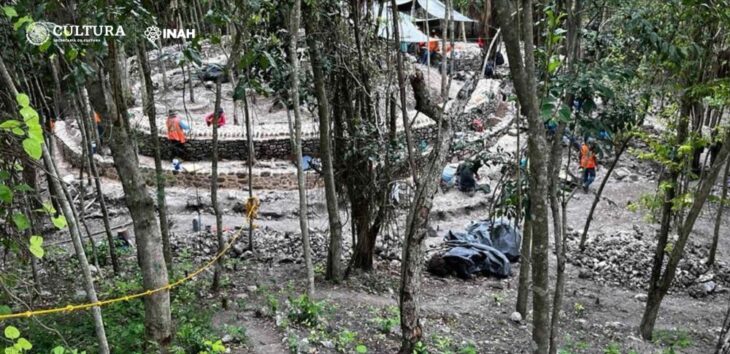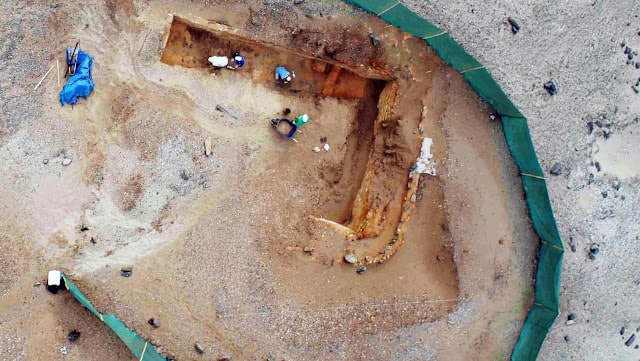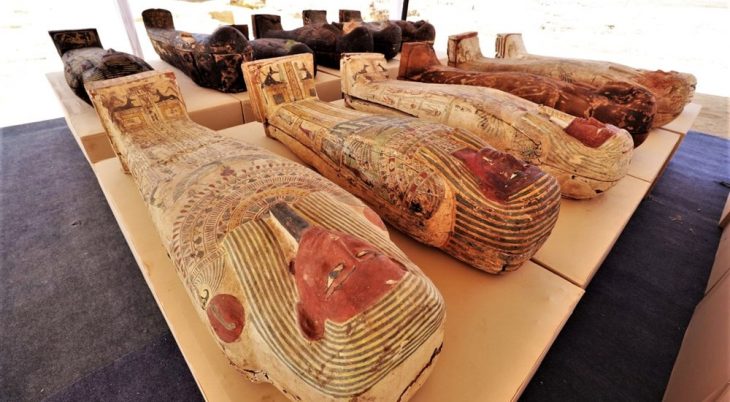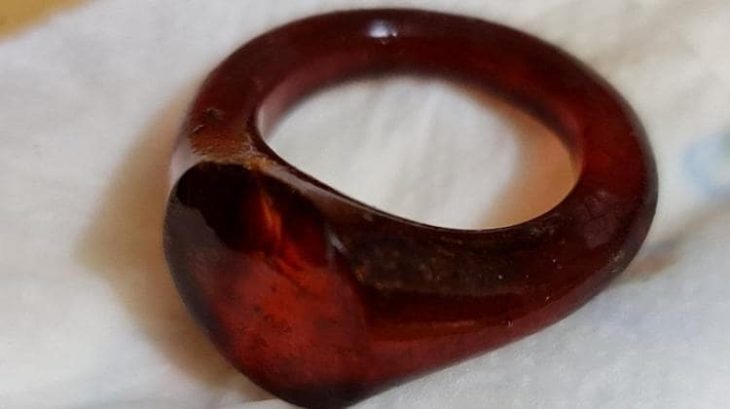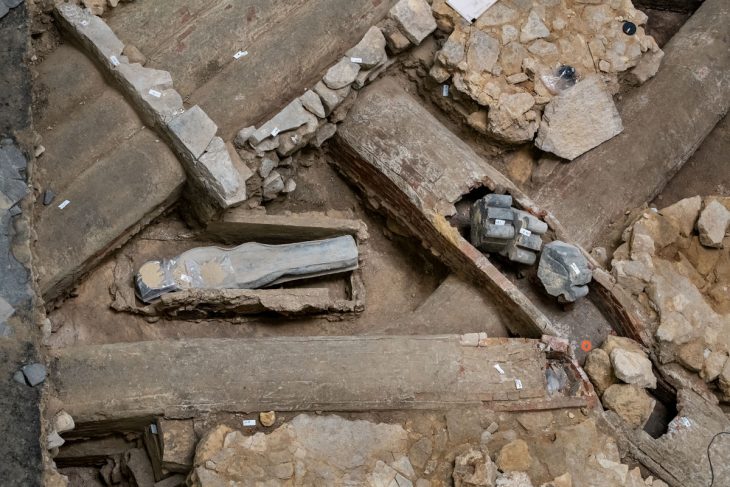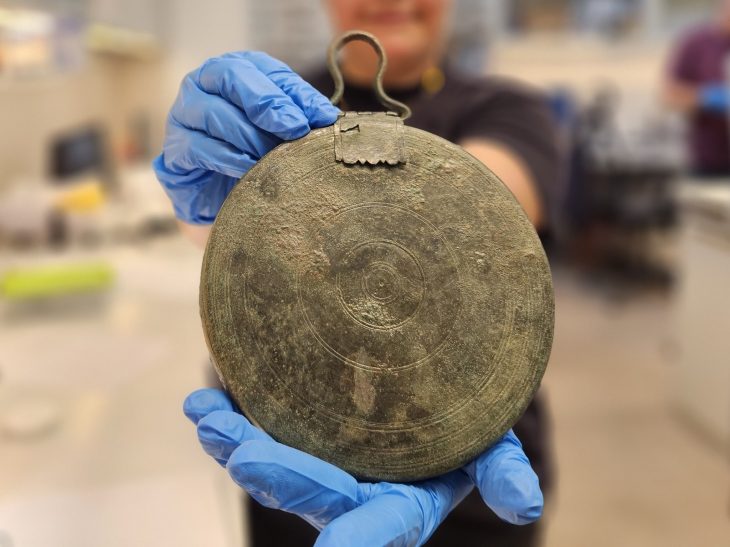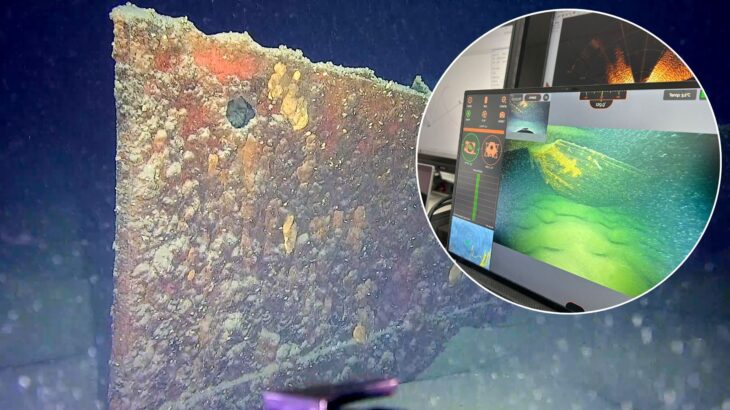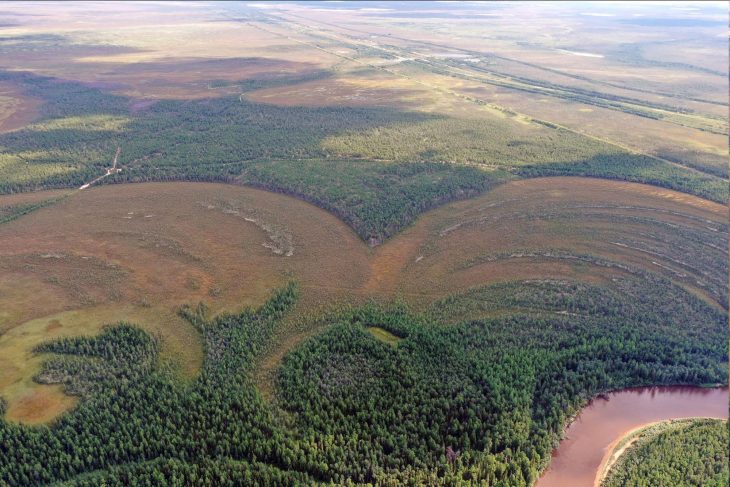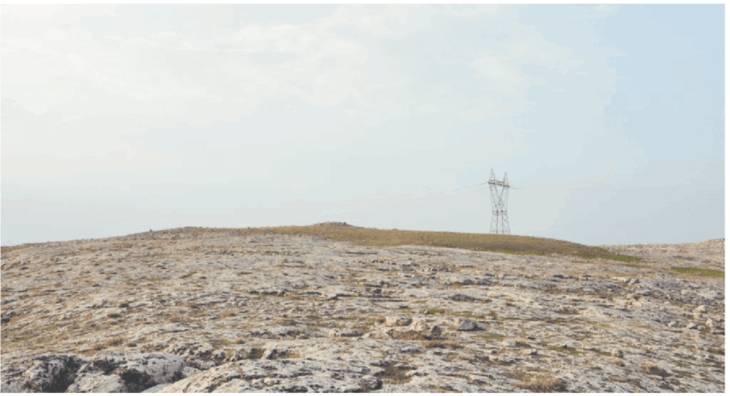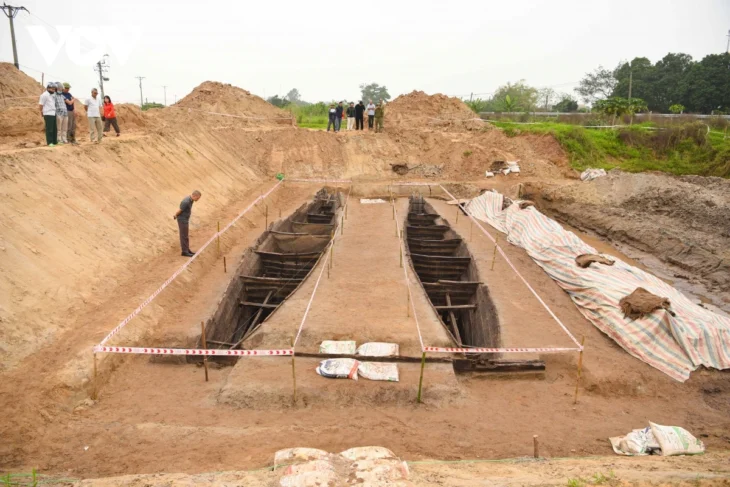During the archaeological excavations in Hıdırlık Tower, one of the historical symbols of Antalya, the famous holiday resort in the south of Turkey, an 800-metre-long colonnaded street of the Roman period was discovered.
Hıdırlık Tower (Turkish: Hıdırlık Kulesi) is one of the oldest surviving monuments of the city of Antalya, where Kaleiçi meets Karaalioğlu Park. It is built of yellow-brown, stone blocks. Its lower story was erected on the square plan at the turn of the 2nd century AD as a part of the city fortifications. Soon, in the 2nd century, the second story was added, this time on the circular plan. During the Seljuk and Ottoman periods, the upper part of the building underwent extensive renovations.
The function of this structure still remains a mystery. The consensus is that the tower was once the tomb of a significant figure. The pieces of preserved frescoes inside the building support this theory. Furthermore, stylized axe carvings on both sides of the entrance gate may allude to the significance of the person interred there.
Within the scope of the project carried out under the supervision of the Antalya Museum Directorate, while the conservation works of the historical remains continue, archaeological excavations continue meticulously. Finally, a colonnaded street that will shed light on history was unearthed in the southern part of the tower.
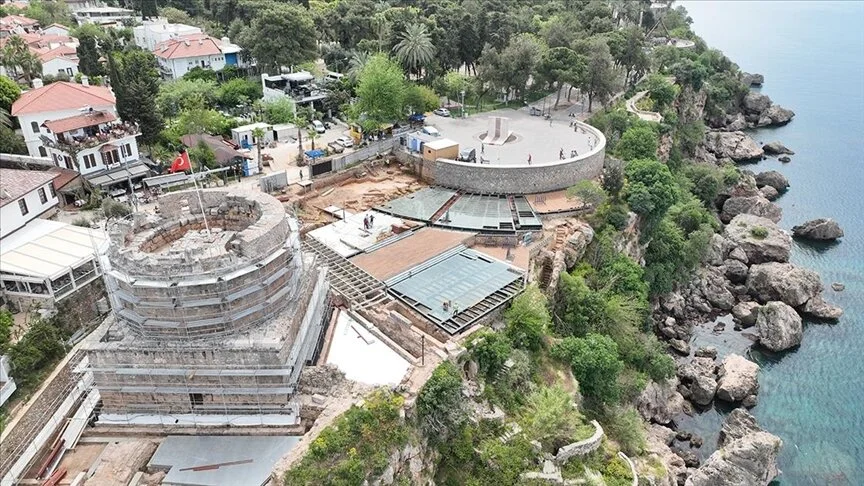
Stating that 100 meters of it has been unearthed so far, Antalya Metropolitan Municipality Survey Project Branch Manager Ezgi Öz said, “It is one of the important findings of Kaleiçi. It extends to Üçkapılar and we found its connection to the sea.”
📣 Our WhatsApp channel is now LIVE! Stay up-to-date with the latest news and updates, just click here to follow us on WhatsApp and never miss a thing!!
Feverish work continues in the ‘Hıdırlık Tower Surrounding Archaeological Excavation and Observation Terrace Project’ carried out by Antalya Metropolitan Municipality under the supervision of Antalya Museum Directorate and KUDEB.
While technical works are progressing in the project that will bring history and scenery together, new archaeological discoveries are being unearthed. As a result of the archaeological excavations initiated by the Metropolitan Municipality in 2020 in line with the decision of the Conservation Board in order to make Hıdırlık Tower, one of the cultural heritage and historical buildings of Antalya, a cultural and touristic attraction center, ancient ruins and structures were revealed in the region.
While it is stated that the street belongs to the Roman Period, its length is estimated to be 800 meters.
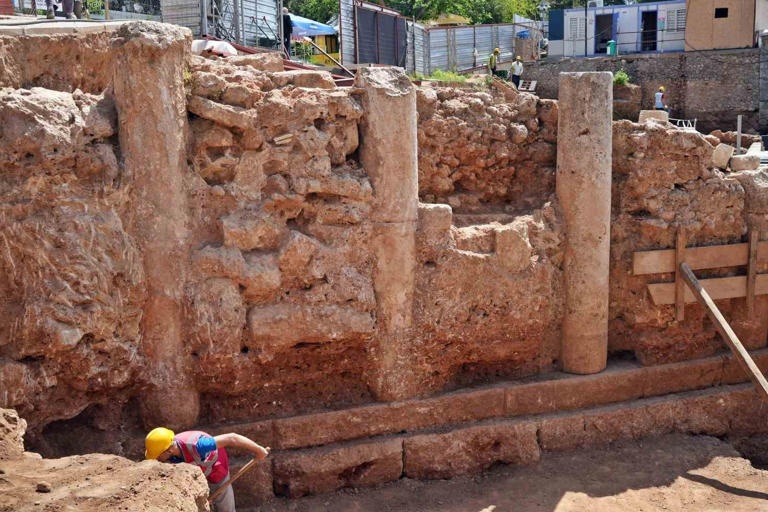
Pointing out that a colonnaded street belonging to the Roman Period was found during the works, Öz shared the following information:
“It is one of the important findings of Kaleiçi. It extends until Üç Kapılar. Here we found its connection to the sea. We are raising that street. It belongs to the Roman Period. Our Ministry of Culture predicts that there is a continuation, we think it is 800 meters. We have reached about 100 meters of it so far.”
In addition, conservation work is being carried out by expert archaeologists on the patterned floor mosaics unearthed in the southern part of the tower.
Stating that baths, Cretan Ice Factory, and villa mosaics were unearthed in previous excavations, Antalya Metropolitan Municipality Study Project Branch Manager Ezgi Öz noted that they produce projects for the sustainable use and protection of these artifacts.
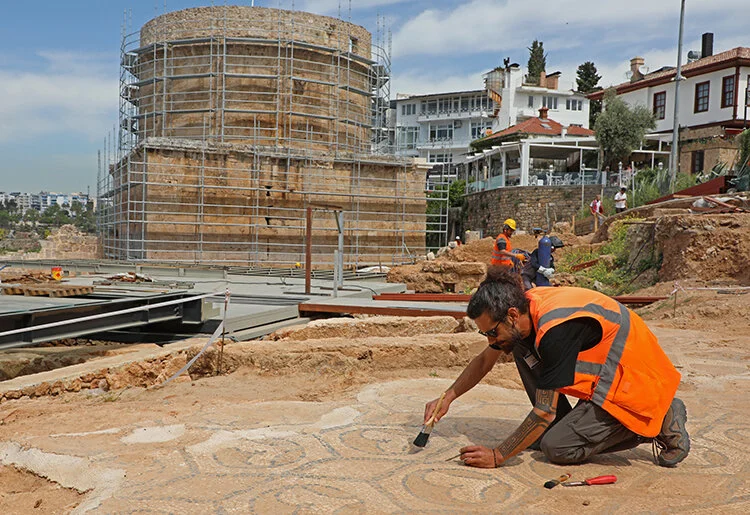
Stating that they will realize Turkey’s largest observation terrace with the completion of the project, Öz said, “When the works are completed, important structures will be exhibited through glass coverings, and there will be wooden walking areas in other areas. An important work was done in the public sense. There were occupied areas here, we have completed our work in this area in order to bring these areas back to the public and we started to implement our project in 2023. It is planned to be completed by mid-summer. Conservation works are progressing rapidly, after which the works on the terrace will be realized.”

